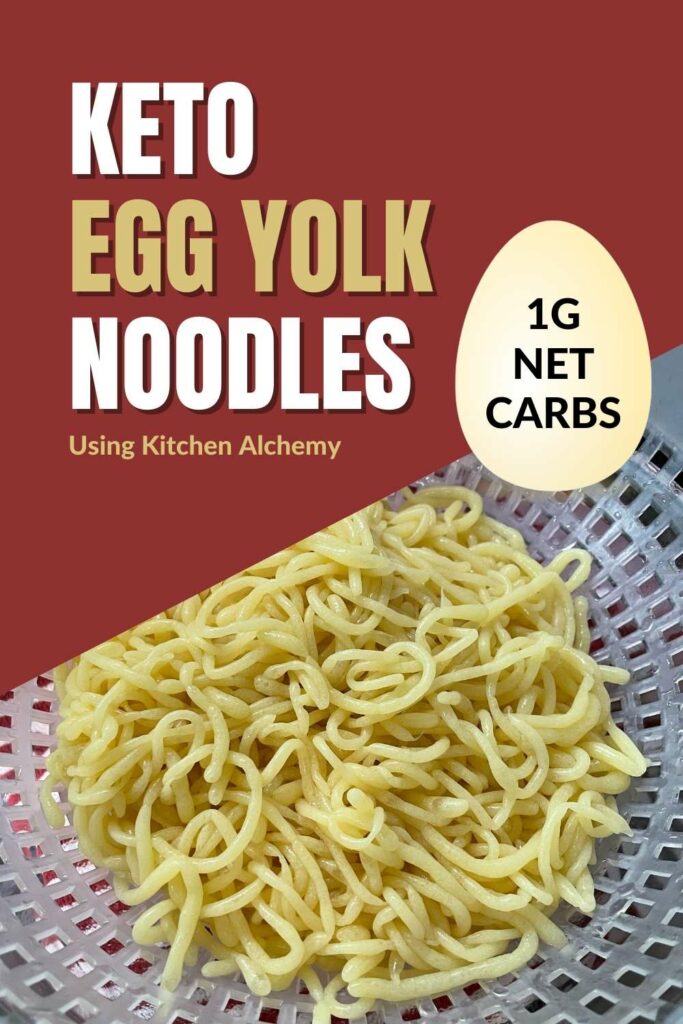
Apply Now


Top 5 Effective Keto Alternatives to Cornstarch for 2025
Understanding the Role of Cornstarch in Cooking
Cornstarch is commonly used as a thickening agent in many recipes, making it a staple ingredient in traditional cooking. However, when following a ketogenic lifestyle, one might wonder, "Is cornstarch keto?" The answer is that cornstarch is high in carbohydrates, which does not align with the principles of a low-carb diet. It contains about 30 grams of carbohydrates per 1/4 cup serving, making it a poor choice for those looking to maintain ketosis. As more individuals seek to enjoy the benefits of a keto diet, the demand for keto-friendly ingredients has risen. This has prompted many to search for cornstarch alternatives that won’t spike blood sugar levels. Below, we’ll explore effective substitutes that are not only low in carbs but also support a healthy lifestyle.Why Choose Keto-Friendly Ingredients?
Incorporating low-carb alternatives into your cooking can significantly aid in your weight loss journey. By using keto-friendly ingredients, you can create delicious meals while adhering to a high-fat, low-carb diet. Benefits of a low-carb diet include improved energy levels, enhanced mental clarity, and better weight management. When you opt for cornstarch substitutes, you are also likely to increase your intake of dietary fiber, which is essential in a keto meal plan. Fiber helps in maintaining optimal digestion and can enhance the nutritional profile of your meals.Exploring Low-Carb Alternatives to Cornstarch
Now that we understand the need for keto-friendly ingredients, let’s dive into five effective cornstarch alternatives that will improve your cooking and baking endeavors without jeopardizing your carb restriction.1. Almond Flour: The Nut-Based Substitute
Why Almond Flour Works
Almond flour is made from finely ground almonds and serves as a versatile ingredient in low-carb baking. It is an excellent source of healthy fats, protein, and dietary fiber, making it an ideal thickener for sauces and soups. The low-carb content — only 6 grams of carbs per 1/4 cup — makes it an excellent choice for maintaining ketosis.How to Use Almond Flour
When substituting cornstarch with almond flour, it’s important to understand the texture and flavor profiles. Unlike cornstarch, almond flour will add a slight nuttiness to your dishes. For every tablespoon of cornstarch, consider using one tablespoon of almond flour, but remember that you may need more liquid to achieve the desired consistency.Recipes Featuring Almond Flour
Almond flour can be used in various keto recipes, including pancakes, bread, and even thickening gravies. Its versatility allows you to adapt your favorite cornstarch recipes while keeping them low-carb.2. Coconut Flour: A Tropical Twist
Benefits of Coconut Flour
Coconut flour is another popular nut-based flour that is a great alternative to cornstarch. Not only is it low in carbs, but it is also rich in dietary fiber, making it perfect for a grain-free diet. Containing about 6 grams of net carbs per 1/4 cup, it fits seamlessly into your keto diet.Using Coconut Flour in Recipes
The absorption properties of coconut flour are higher than those of cornstarch. Therefore, it’s essential to adjust the liquid ingredients in your recipes accordingly. A good rule of thumb is to use one tablespoon of coconut flour for every tablespoon of cornstarch and to increase liquid ingredients to avoid dryness.Creative Uses of Coconut Flour
Coconut flour can be utilized in various culinary creations, including keto baking, sauces, and toppings. Its unique flavor can complement sweet dishes, making it ideal for baking low-carb desserts.3. Xanthan Gum: The Thickener Extraordinaire
Understanding Xanthan Gum
Xanthan gum is a popular thickening agent used in many gluten-free and low-carb recipes. It is derived from fermented sugars and can help provide the creamy texture that cornstarch offers without the carbs. It contains negligible carbs, making it a staple in ketogenic nutrition.Best Practices for Using Xanthan Gum
To use xanthan gum as a cornstarch substitute, a little goes a long way. Generally, one teaspoon of xanthan gum can replace one tablespoon of cornstarch. Be sure to whisk it into the liquid ingredients thoroughly to avoid clumping.Applications of Xanthan Gum
Xanthan gum is incredibly versatile and can be used in sauces, dressings, gravies, and even baked goods to improve the texture. It’s a must-have for anyone following a ketogenic meal prep routine.4. Arrowroot Powder: The Natural Alternative
Why Choose Arrowroot Powder?
Though slightly higher in carbs than other options (around 25 grams per 1/4 cup), arrowroot powder remains a popular choice as it is gluten-free and easier for some individuals to digest. Plus, it can be a good option for those looking for a clean ingredient.How to Incorporate Arrowroot Powder
When using arrowroot powder, you can substitute it in a 1:1 ratio for cornstarch. However, it's best to mix it with cold water before adding it to your recipe to ensure a smooth texture.Using Arrowroot Powder in Cooking
Arrowroot is great for thickening sauces, soups, and puddings. For a low-carb twist on the classic gravy, try using arrowroot in your next keto-friendly dish.5. Guar Gum: The Fiber-Rich Option
Exploring Guar Gum Benefits
Guar gum is a fiber that is derived from guar beans. It’s a powerful thickener and has been used in gluten-free cooking for its ability to hold moisture. With less than one gram of carbs per tablespoon, it aligns perfectly with low-carb diets.Using Guar Gum Wisely
When substituting guar gum for cornstarch, use about 1/2 teaspoon of guar gum for every 1 tablespoon of cornstarch. It’s essential to mix it with dry ingredients to avoid clumping.Guar Gum in Your Kitchen
Guar gum can be utilized in various recipes like sauces, pudding, and even ice cream to improve texture. Its high fiber content also supports digestive health, aligning well with the benefits of a keto diet.Conclusion and Final Thoughts
As you explore these alternatives, remember that the world of ketogenic cooking is vast and full of creative possibilities. Each of these substitutes provides unique benefits that can enhance your meals while supporting your low-carb goals. With thoughtful ingredients and recipe adaptations, maintaining ketosis and enjoying delicious meals can go hand in hand.
